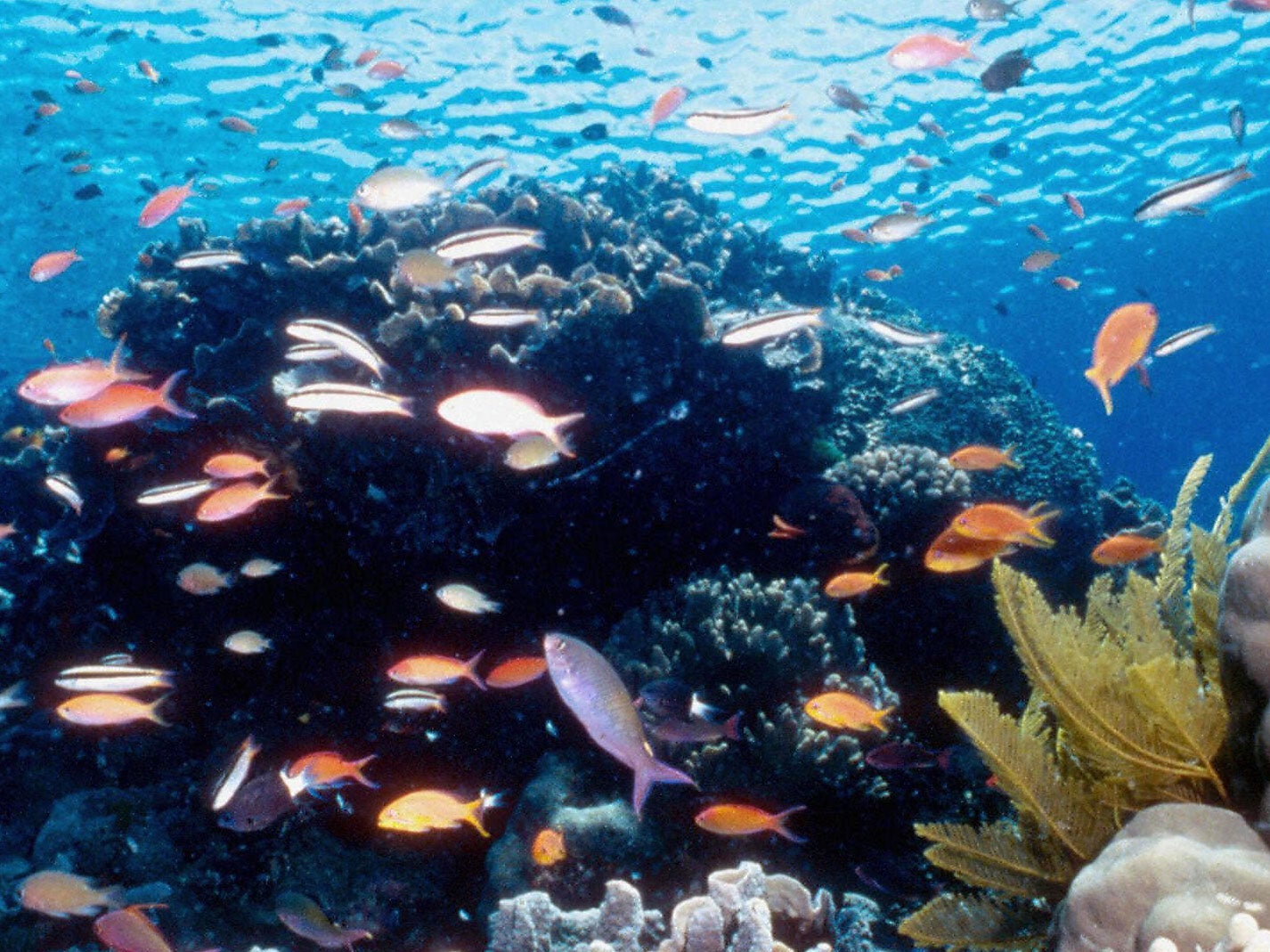Scientists 'artificially breed' coral in bid to help Australia's Great Barrier Reef
'Glimmer of hope' offered for Australian natural phenomenon which has been dying out due to ocean warming

Your support helps us to tell the story
From reproductive rights to climate change to Big Tech, The Independent is on the ground when the story is developing. Whether it's investigating the financials of Elon Musk's pro-Trump PAC or producing our latest documentary, 'The A Word', which shines a light on the American women fighting for reproductive rights, we know how important it is to parse out the facts from the messaging.
At such a critical moment in US history, we need reporters on the ground. Your donation allows us to keep sending journalists to speak to both sides of the story.
The Independent is trusted by Americans across the entire political spectrum. And unlike many other quality news outlets, we choose not to lock Americans out of our reporting and analysis with paywalls. We believe quality journalism should be available to everyone, paid for by those who can afford it.
Your support makes all the difference.Scientists have managed to artificially breed baby coral from larvae on damaged patches of Australian Great Barrier Reef in an environmental breakthrough.
Researchers have collected coral eggs and sperm off the reef's Heron Island before allowing them to reproduce and mature in tanks.
More than a million larvae were produced in a mass spawning last November, then developed, with more than 100 surviving and growing successfully on settlement tiles on the reef.
The project’s lead, Professor Peter Harrison of Southern Cross University in New South Wales, told Australian media it was an “exciting” development.
“The success of this new research not only applies to the Great Barrier Reef, but has potential global significance.
“The results are very promising and our work shows that adding higher densities of coral larvae leads to higher numbers of successful coral recruits.
“It may be one of the answers to some of the problems in the Great Barrier Reef. It’s a glimmer of hope.”
The Australian Government is injecting funding to focus on better collection techniques and to expand the project.
Located off the Queensland Coast, the Great Barrier Reef is the world’s largest coral reef system, made up of almost 3,000 individual reefs and 900 islands.
Climate change and consequential sea temperature rises are believed to have led to widespread coral “bleaching” - with the reef also under threat from pollution.
Bleaching is not always fatal for coral but a study last year found the “largest die-off of corals ever recorded” with about 67 per cent of shallow water coral found dead in a survey of a 700km stretch.
Unesco has resisted calls to return the reef to its “endangered” list, although it has expressed “serious concerns” and urged the Australian government to improve water quality.
The Great Barrier Reef Foundation managing director, Anna Marsden, said the research is valuable but does not lessen the urgent action needed to combat climate change.
“There is much more to be done, but this is definitely a great leap forward for the reef, and for the restoration and repair of reefs worldwide,” she said.
“It’s time to be bold and take some calculated risks because that’s the way we’ll make a change in how we can help restore our coral reefs.”
Join our commenting forum
Join thought-provoking conversations, follow other Independent readers and see their replies
Comments